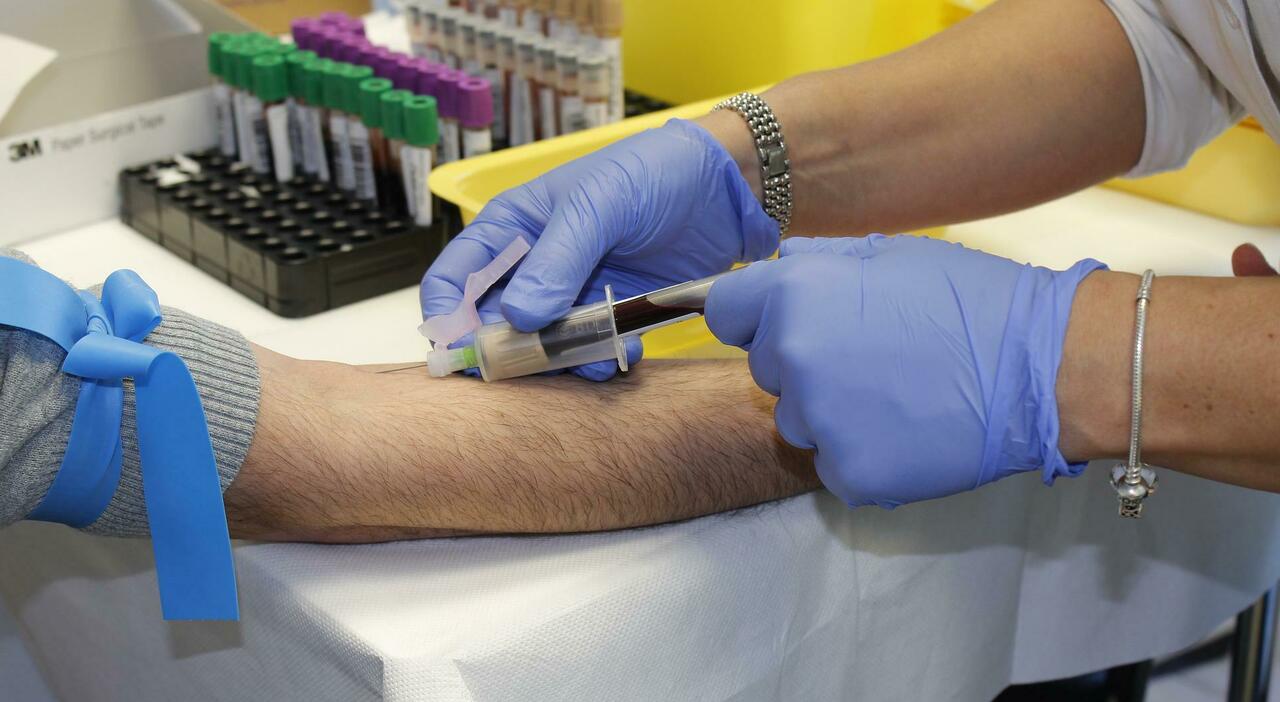How does the healthcare outside hospitals after the earthquake Covid? The Ministry of Health has launched a reform that changes the methods of access to the services and treatments proposed by the medici. They range from home care whenever possible, including through the telemedicine ai family nurses to manage chronic conditions, to the Community Houses where they can be found doctors h24 e 7 days a week and where it will be possible to carry out diagnostic tests and visits, receiving assistance in less serious cases. And again: not only large hospitals but also community hospitals as an intermediate hub to avoid improper hospitalizations. These are the main innovations of the new territorial health care, therefore out of hospitalwhich is aimed at in the post Covid era.
To photograph it is the decree of the Ministry of Health on the “definition of models and standards for the development of territorial assistance in the National Health Service” published today in the Official Journal. The aim is therefore to strengthen extra-hospital and local assistance, also considering the growing aging of the population which requires a new model of management of chronic diseases: no longer just the hospital, but increasingly a house of the patient. A 20 billion euro ‘revolution’, that is the investments envisaged by the National Recovery and Resilience Plan Pnrr in the 6 ‘Salutè mission. A turning point according to the Minister of Health Roberto Speranza: «With the publication in the Gazette of the territorial assistance reform decree, all the objectives of the Health Pnrr, expiring on 30/6, have been achieved. Now – he says – we can invest unprecedented resources to strengthen ours Ssn“. Here’s what it will look like new health of the territory:
– DISTRICT: it is an articulation of the ASL and includes about 100,000 inhabitants. It must have certain standards: one hub community house for every 40-50,000 inhabitants, a family nurse for every 3,000 inhabitants, a Community Hospital with 20 beds per 100,000 inhabitants. Inside, a coordination function will have the Territorial Operations Center.
– COMMUNITY HOUSE: it is the physical place to which citizens can access for health and social-health care needs. There are nurses, social and health assistants, doctors, pediatricians, specialists. The medical presence in the main offices (Hub) is 24 hours a day, 7 days a week. Citizens can take advantage of various services: diagnostic services with basic diagnostic instruments (ultrasound, electrocardiograph, retinograph, oct, spirometer) also through telemedicine tools (telerefertation ); specialist outpatient services (cardiology, pulmonology, diabetology, etc.); nursing clinics for the management of chronicity and for the response to occasional needs; Family Consultants and the activity aimed at minors; vaccination prophylaxis activity; integrated booking system connected to the Cup.
– FAMILY OR COMMUNITY NURSE: one for every 3,000 inhabitants. It aims to strengthen the welfare system in the area.
– EUROPEAN ASSISTANCE NUMBER 116117: The Operational Center 116117, seat of the Harmonized European Number (NEA) for non-urgent medical care, offers a free telephone service to the population active 24 hours a day and 7 days a week for all low-intensity health and social health services. Find and transfer requests ê
– HOUSE ASSISTANCE: The goal is the home delivery of assistance interventions in the context of specific personalized care pathways. The aim is to cover 10% of the over 65 population.
– COMMUNITY HOSPITAL: it is an inpatient health facility and performs an intermediate function between home and actual hospitalization, with the aim of avoiding improper hospital admissions or promoting protected discharge in more suitable places closer to home. The standard is a community hospital with 20 beds per 100,000 inhabitants. 1 Home-based Palliative Care Unit is also planned for every 100,000 inhabitants.
– TELEMEDICINE: for the provision of remote healthcare services and services through the use of digital devices, internet and software.
– CONTINUITY ASSISTANCE UNIT: is a district mobile team for the management and care of individuals in particularly complex clinical-care conditions. One unit for every 100 thousand inhabitants is expected.
